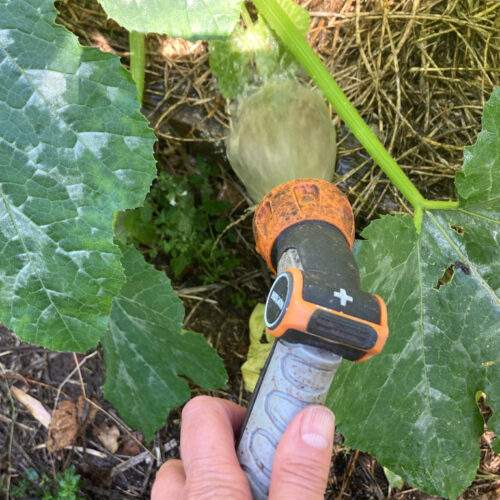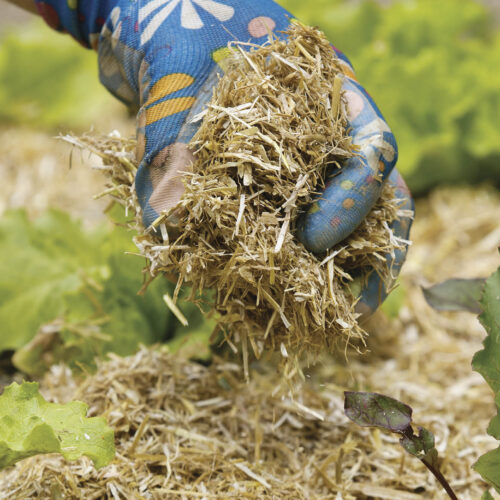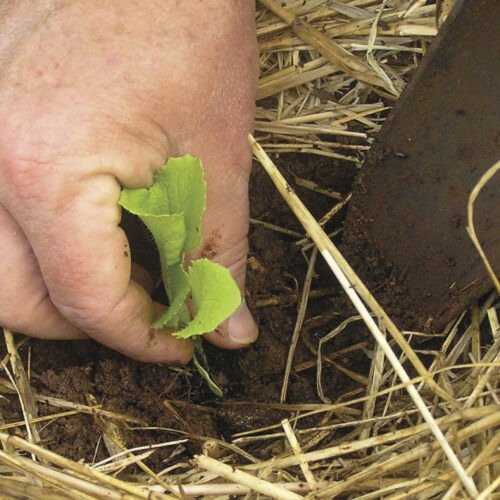Protecting vegies from the cold
2012-07-18T04:21:41+10:00
As July temperatures plummet, PHIL DUDMAN shares some tips for safeguarding sensitive crops.
Most of us know which crops are too sensitive to the level of cold we experience in our local areas and more importantly, which ’borderline’ plants we can get away with growing in winter. For example, in the subtropics where I live, I can grow tomatoes through this time of year, but being inland, we are also prone to the odd frost which can knock over my valuable well-nurtured organic crop in one hit. Once bitten twice shy they say, so these days I give them some overnight protection. I’ve set up a bamboo frame which supports the vines but also allows me to throw over a sheet of plastic in the afternoon. I do a similar thing with my potatoes. The setup also allows me to keep excess rainfall off these crops as well, which is often the cause of the various fungal diseases which affect their foliage.
We don’t get a lot of frost, so crops like carrot, parsnip, celery, beetroot and silverbeet are fine in the open, but if you live further south – where it’s just too cold for tomatoes – it would be worth your while covering them on cold night. In seriously frosty zones, some gardeners need to protect cold hardy broccoli, cauliflower, spinach and lettuce as well.
If you don’t have plastic sheeting, use what you’ve got. Old bed sheets, blankets and tarps for rows, polystyrene and cardboard boxes for groups of plants, even glass jars and yogurt containers for seedlings.
So how does the cover work? Well, it’s works in much the same way as cloud cover does, trapping in the warmth that radiates from the earth, offering a few extra degrees of protection and so preventing frost from forming.
So listen out for those weather forecasts and be prepared to cover up your crops on these chilly nights. You’ll certainly sleep better knowing your babies are warm and toasty.





